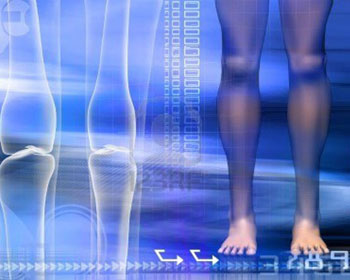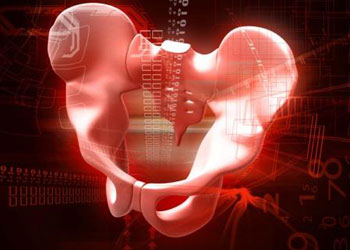 Limb bones include both upper limbs (fore limbs) and lower limbs (legs/hind limbs).
Limb bones include both upper limbs (fore limbs) and lower limbs (legs/hind limbs). The appendicular skeleton has 126 bones and includes the bones of the upper and lower limbs and the pelvic and pectoral girdles.
The appendicular skeleton's function is to make locomotion possible and to protect the body's major internal organs (aside from those protected by the axial skeleton). Limb bones – Limb bones include both upper limbs (fore limbs) and lower limbs (legs/hind limbs). Each limb consists of 30 bones and the number of bones present in two pairs of limbs account for about total 120 bones. Types of upper limb bones– Humerus (arm), Ulna and radius (fore arm), Carpal bones (wrist), metacarpals (hand), phalanges (fingers). Types of lower limb bones– femur (thigh bone), tibia and fibula (leg bone), patella (knee cap), tarsals (bones of foot), metatarsals (five long bones in foot), phalanges (fingers of foot).
Pectoral girdle – bony or cartilaginous structure, supporting the forelimbs or anterior fins. It is also called pectoral arch or shoulder girdle. Each of the two pectoral (shoulder) girdles consists of two bones: the S–shaped clavicle (collar bone) and the flat, triangular scapula (shoulder bone). The clavicle articulates with the sternum and the scapula. In turn, the scapula articulates with the humerus of the arm. The pectoral girdle is a complex of five joints, simultaneously contributing to the different movements of the shoulder to variable degrees.
 Pelvic girdle (Hip girdle) support and balance the trunk and move the legs, hips and trunk.
Pelvic girdle (Hip girdle) support and balance the trunk and move the legs, hips and trunk. Pelvic girdle –bony or cartilaginous structure, supporting the hind limbs. Also called hip girdle. It is basin–shaped complex of bones, consisting of paired hipbones, connected in front at the pubic symphysis and behind by the sacrum. The pelvis provides an attachment for muscles that support and balance the trunk and move the legs, hips, and trunk. When a human being is standing erect, the center of gravity falls over the center of the body and the weight is transmitted via the pelvis from the backbone to the thighbone, knee and foot. In infants the pelvis is narrow and nonsupportive. As the child begins walking, the pelvis broadens and the lumbar curve develops. In comparison with the male pelvis, the female basin is broader and shallower. The ring made by the pelvic girdle functions as the birth canal in females.